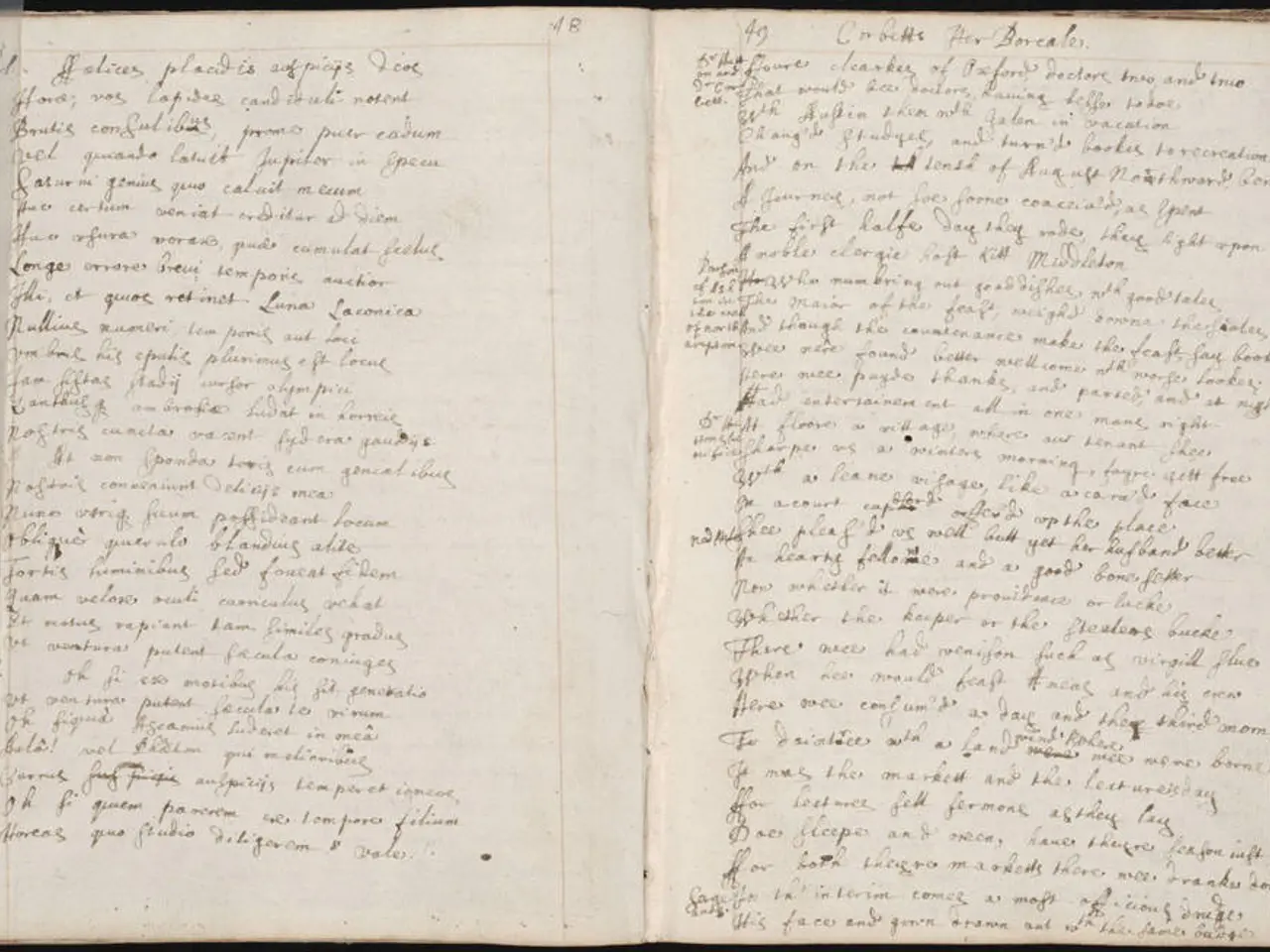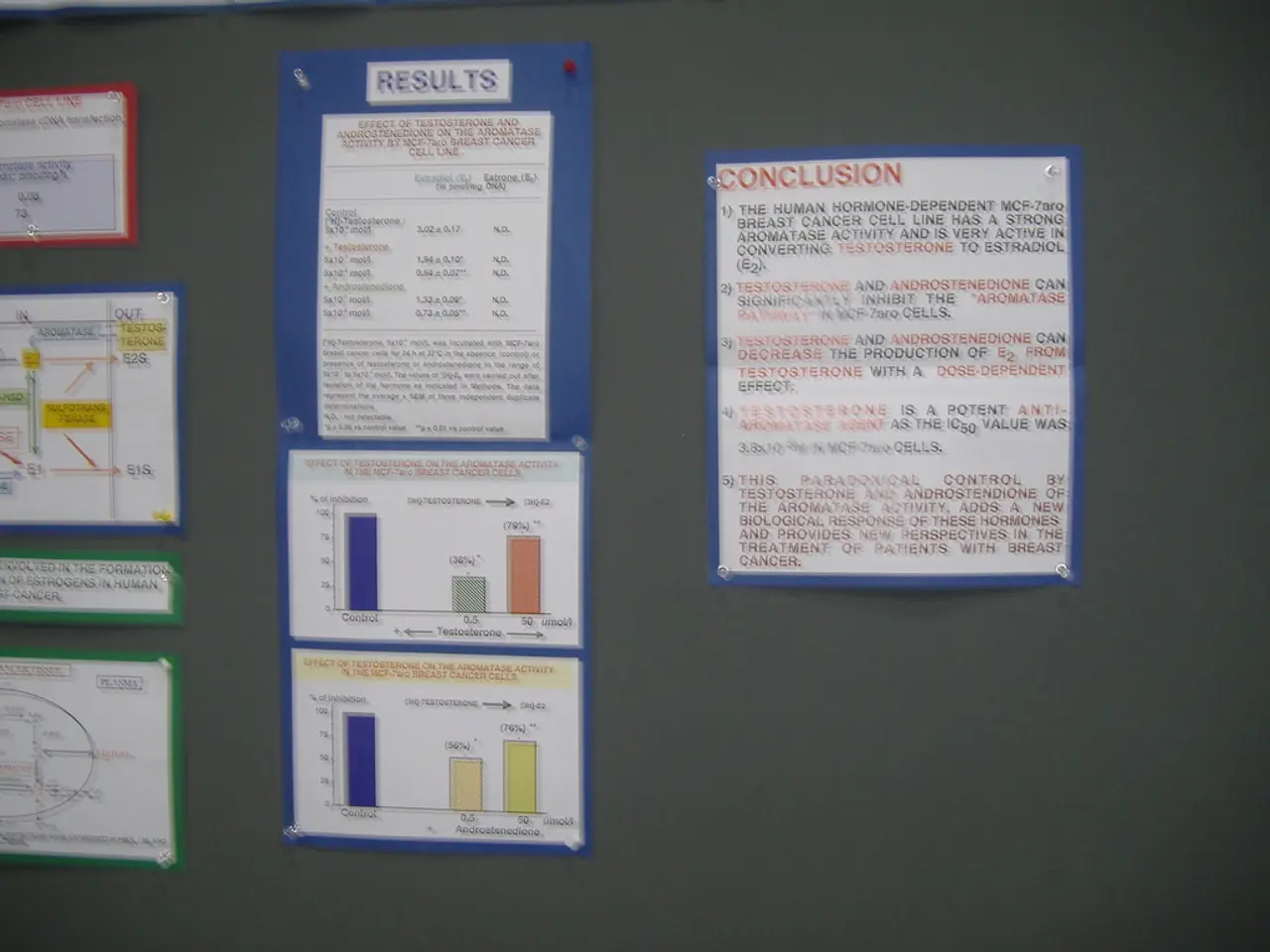Comprehensive Handbook for Crafting Trust Agreements Efficiently
Trust documents serve as a formal agreement between the trustor, who establishes the trust, and the trustee, who manages the trust assets on behalf of the beneficiaries. These legal instruments outline the terms of a trust, detailing how assets are to be managed and distributed.
Key Components of Trust Documents
Effective trust documents require careful consideration and attention to detail. Here are some essential components:
- Identification of the Grantor, Trustee, and Beneficiaries: Clearly identifying the parties involved in the trust is crucial. The grantor is the person creating the trust, the trustee is the individual or entity responsible for managing the trust, and the beneficiaries are the individuals who will ultimately receive the assets.
- Distribution of Assets: Deciding precisely which assets will be included in the trust and ensuring proper documentation for each is essential to facilitate ownership transfer into the trust.
- Proper Funding: Transferring legal title of assets to the trust is necessary to make it valid and enforceable. Failure to fund the trust properly can undermine the entire plan.
- Use of Precise and Clear Language: Drafting trust terms with carefully articulated instructions regarding trustee powers, duties, and beneficiary rights can help avoid ambiguity and future disputes.
- Selection of Trustees: Choosing reliable, impartial individuals who understand fiduciary responsibilities is key to managing the trust effectively and minimizing mismanagement risks.
- Addressing Tax Implications: Structuring the trust with attention to tax laws can help minimize liabilities for the trust and beneficiaries. Involving tax professionals can ensure compliance and optimal tax treatment.
- Regular Updates: Reviewing and amending the trust document periodically to reflect significant life events (e.g., births, deaths, marriages, divorces) and changes in assets or law is important to maintain the trust's relevance and effectiveness.
- Safe Storage: Keeping the original trust document in a secure location and ensuring the successor trustee or trusted individuals have access to it is essential for the trust's longevity.
- Early Engagement of Professionals: Consulting attorneys and financial advisors at the start of the trust drafting process and throughout its life can help ensure alignment with personal objectives and legal requirements.
- Communication with Beneficiaries: Providing clear explanations about the trust’s purpose, terms, and tax implications can prevent misunderstandings and disputes among beneficiaries.
- Compliance with State Laws: Trusts must conform to specific state statutes and requirements. Legal counsel can help navigate these to produce legally enforceable documents.
Best Practices for Drafting Trust Documents
Adhering to best practices can help create trust documents that are comprehensive, minimise legal risks, and effectively achieve estate planning goals. Some common best practices include:
- Clearly Identifying and Listing Trust Assets: Decide precisely which assets will be included and ensure proper documentation for each to facilitate ownership transfer into the trust.
- Properly Funding the Trust: Transfer legal title of assets to the trust to make it valid and enforceable.
- Regularly Updating the Trust: Review and amend the trust document periodically to reflect significant life events and changes in assets or law.
- Storing the Document Safely: Keep the original trust document in a secure location and ensure the successor trustee or trusted individuals have access to it.
- Engaging Legal and Financial Professionals Early: Consult attorneys and financial advisors at the start of the trust drafting process and throughout its life to ensure alignment with personal objectives and legal requirements.
- Communicating with Beneficiaries: Provide clear explanations about the trust’s purpose, terms, and tax implications to prevent misunderstandings and disputes.
- Ensuring Compliance with State Laws: Trusts must conform to specific state statutes and requirements. Legal counsel can help navigate these to produce legally enforceable documents.
Special Considerations
In today's world, the landscape of trust and estate law is continually evolving due to changes in legislation, technology, and societal values. The increasing emphasis on digital assets requires specific provisions in trust documents to address online accounts, cryptocurrencies, and intellectual property rights.
The growing societal focus on inclusivity and diversity within estate planning requires trust documents to be designed to accommodate blended families, unmarried partners, and various heirs. Special Needs Trusts are tailored for individuals with disabilities, ensuring they retain government benefits while accessing additional resources.
Staying informed about shifts in tax law is essential for those involved in drafting trust documents. Legal professionals keep clients informed about any changes in trust and estate law, ensuring that their trust documents remain valid and effective over time.
In conclusion, understanding trust documents involves recognising their importance and implications in the context of trusts and estates law. Omission of key details in trust documents can lead to significant misunderstandings and conflicts among beneficiaries. A well-drafted trust document defines the roles and responsibilities of each party involved, providing clarity and minimising potential disputes.
- When establishing a trust, it's crucial to consider the implications of both tax law and trust law, seeking advice from finance professionals and tax attorneys to ensure compliance and optimal tax treatment for the trust and its beneficiaries.
- In addition to traditional assets, trust documents should address intellectual property rights, digital assets, and accounts to reflect the trends in our increasingly digital world, providing comprehensive coverage for all assets included in the trust.




